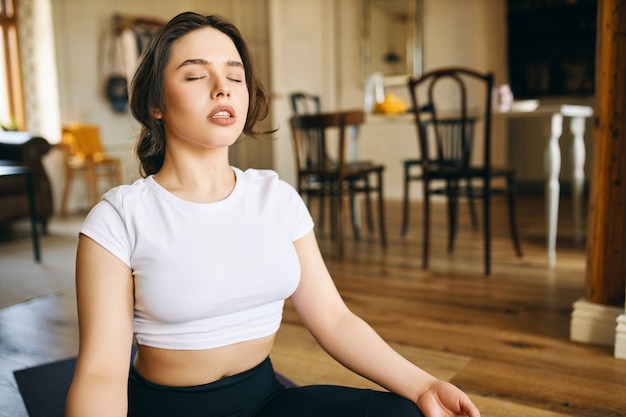Heart disease remains the leading cause of death worldwide, but the good news is that up to 80% of cardiovascular events are preventable with lifestyle changes. The challenge? Most heart health plans assume you have time, equipment, and a pain-free body. This 7-day plan flips that script.
Designed specifically for people with back pain and packed schedules, this science-backed heart health jumpstart requires no gym, no special gear, and just minutes a day. Each step is rooted in research and tailored to be gentle on the spine while boosting cardiovascular resilience.
Traditional heart health advice often overlooks two critical barriers: physical discomfort and time constraints. This plan integrates low-impact movements, seated or lying positions, and micro-habits that fit into short breaks—perfect for office workers, caregivers, or anyone managing chronic back pain.
Backed by studies showing that even brief, consistent activity improves circulation, lowers blood pressure, and reduces inflammation, this plan proves that small actions lead to big changes.
Start with a 5-minute seated or lying-down mobility routine. Focus on diaphragmatic breathing and gentle spinal movements to improve blood flow and reduce stiffness.
These movements activate the parasympathetic nervous system, lowering heart rate and stress hormones—key for heart health.

Dehydration increases blood viscosity, raising cardiovascular strain. Aim for 6–8 glasses of water, spaced throughout the day.
Pair hydration with a heart-smart snack: a small handful of walnuts, a piece of fruit, or plain yogurt. These foods are rich in fiber, omega-3s, and antioxidants—proven to support arterial health.
Tip: Keep a water bottle and pre-portioned snacks at your desk to reduce strain from repeated bending or lifting.
Walking just 5–10 minutes after meals lowers postprandial glucose and improves circulation. If standing is painful, try seated marching or ankle pumps.
Research shows that short, frequent walks are more effective for heart health than one long session for sedentary individuals. Aim for 3 micro-walks daily—after breakfast, lunch, and dinner.

Emotional stress is a silent heart risk. A 2023 study found that just one supportive message or 5 minutes of meaningful conversation can lower cortisol and blood pressure.
Today, reach out to a friend or family member—text, call, or video chat. No agenda, just connection. This simple act reduces loneliness, a known risk factor for heart disease.
Focus on one dietary upgrade: swap refined grains for whole grains (e.g., brown rice, oats) or add one extra serving of vegetables.
Diets high in fiber and plant nutrients are linked to lower LDL cholesterol and reduced arterial inflammation. Even small changes, sustained over time, improve long-term outcomes.
Controlled breathing exercises can lower systolic blood pressure by 5–10 mmHg in weeks. Try this seated or lying down:
This activates the vagus nerve, promoting heart rate variability—a marker of cardiovascular resilience.

Spend 10 minutes reflecting: Which habit felt easiest? Which had the biggest impact on your energy or mood?
Pick one habit to continue. Research shows that repeating a behavior in a consistent context (e.g., after brushing teeth) increases adherence by 300%.
This plan draws from evidence that short-duration, low-intensity activities improve endothelial function, reduce oxidative stress, and enhance autonomic balance. For those with back pain, avoiding high-impact or twisting motions prevents flare-ups while still delivering cardiovascular benefits.
Moreover, integrating heart-healthy behaviors into daily routines—like walking after meals or connecting socially—increases long-term sustainability far more than rigid fitness regimens.
Heart health doesn’t require extreme measures. This 7-day plan proves that small, consistent, and accessible actions can make a meaningful difference—especially when life includes back pain and a packed schedule.
Start where you are. Use what you have. Do what you can.

Wellness

Wellness

Wellness

Wellness

Health

Health

Health

Health

Health

Health

Health

Health

Health

Fitness

Health

Health